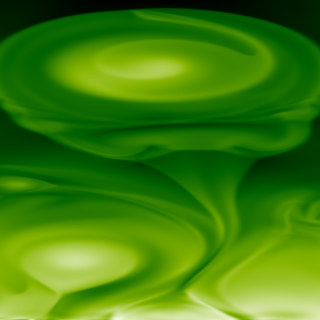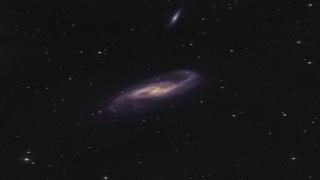Bibcode
DOI
de Lorenzo-Cáceres, A.; Falcón-Barroso, J.; Vazdekis, A.; Martínez-Valpuesta, I.
Bibliographical reference
The Astrophysical Journal, Volume 684, Issue 2, pp. L83-L86.
Advertised on:
9
2008
Journal
Citations
35
Refereed citations
30
Description
We present SAURON integral-field stellar velocity and velocity
dispersion maps for four double-barred early-type galaxies: NGC 2859,
NGC 3941, NGC 4725, and NGC 5850. The presence of the inner bar does not
produce major changes in the line-of-sight velocity, but it appears to
have an important effect in the stellar velocity dispersion maps: we
find two σ-hollows of amplitudes between 10 and 40 km
s-1 on either side of the center, at the ends of the inner
bars. We have performed numerical simulations to explain these features.
Ruling out other possibilities, we conclude that the σ-hollows are
an effect of the contrast between two kinematically different
components: the high velocity dispersion of the bulge and the more
ordered motion (low velocity dispersion) of the inner bar.
Related projects

Numerical Simulation of Astrophysical Processes
Numerical simulation through complex computer codes has been a fundamental tool in physics and technology research for decades. The rapid growth of computing capabilities, coupled with significant advances in numerical mathematics, has made this branch of research accessible to medium-sized research centers, bridging the gap between theoretical and
Daniel Elías
Nóbrega Siverio

Traces of Galaxy Formation: Stellar populations, Dynamics and Morphology
We are a large, diverse, and very active research group aiming to provide a comprehensive picture for the formation of galaxies in the Universe. Rooted in detailed stellar population analysis, we are constantly exploring and developing new tools and ideas to understand how galaxies came to be what we now observe.
Anna
Ferré Mateu

Spiral Galaxies: Evolution and Consequences
Our small group is well known and respected internationally for our innovative and important work on various aspects of the structure and evolution of nearby spiral galaxies. We primarily use observations at various wavelengths, exploiting synergies that allow us to answer the most pertinent questions relating to what the main properties of
Johan Hendrik
Knapen Koelstra